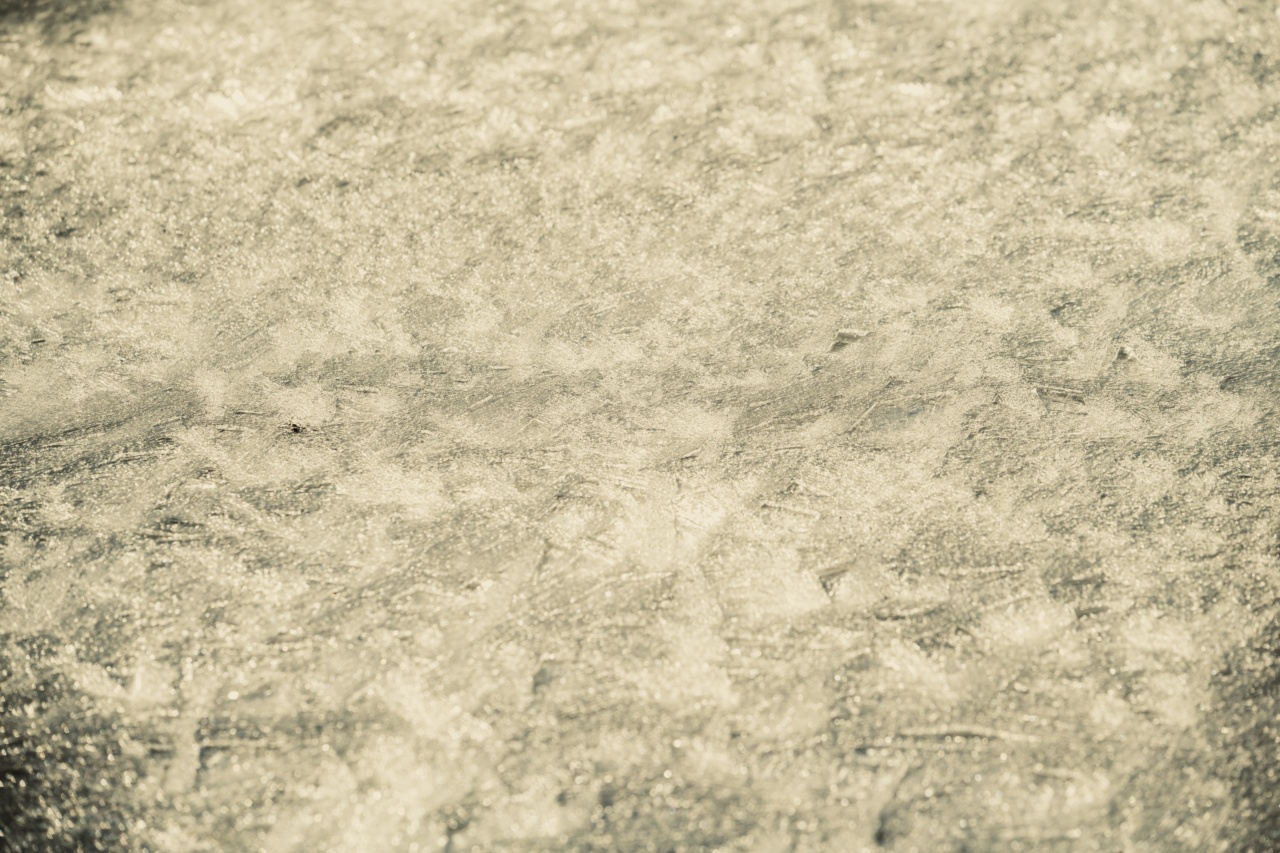Reino syndrome is a rare condition that affects the blood vessels, causing abnormalities that restrict blood flow to the limbs. It is also known as frostbite-like vasculopathy or acral dyschromatosis.
Symptoms
The primary symptom of Reino syndrome is the appearance of cold, blue or red mottled skin on the hands and feet. The skin may turn white when exposed to cold temperatures and may become painful or tingle.
Over time, the skin may thicken and crack, and the fingers and toes may become deformed as the tissues die.
Other symptoms may include:.
- Numbness or tingling in the hands and feet
- Open sores or ulcers
- Weakness or lack of coordination
- Pain in the limbs, joints, or muscles
- Loss of muscle mass or strength
Causes
Reino syndrome occurs when the blood vessels that supply the limbs become damaged or diseased.
The exact cause of the condition is unknown, but it is thought to be related to abnormalities in the immune system that cause inflammation and damage to the blood vessels.
Reino syndrome is more common in women than in men and may be triggered by hormonal changes, such as pregnancy or menopause. Other potential triggers include exposure to cold temperatures, stress, and smoking.
Diagnosis
Diagnosis of Reino syndrome may be difficult because it is a rare condition and many of the symptoms are similar to other conditions, such as Raynaud’s disease or frostbite.
Your doctor may perform a physical exam and order tests to rule out other possible causes.
Tests that may be used to diagnose Reino syndrome include:.
- Skin biopsies to examine the affected tissues
- Blood tests to look for signs of inflammation or autoimmune diseases
- Imaging tests, such as X-rays or magnetic resonance angiography (MRA), to visualize the blood vessels
Treatment
There is no cure for Reino syndrome, and treatment is focused on managing the symptoms and preventing complications. Treatment may include:.
- Medications to improve blood flow, such as calcium channel blockers or prostaglandin infusions
- Pain medication, such as acetaminophen or ibuprofen
- Wound care for ulcers or open sores
- Physical therapy to preserve muscle strength and improve flexibility
- Surgery in severe cases to remove affected tissue or bypass blocked blood vessels
Prevention
Preventing Reino syndrome may be difficult, as the exact cause of the condition is unknown. However, taking steps to improve overall cardiovascular health may help reduce the risk of developing vascular disorders like Reino syndrome.
These steps may include:.
- Quitting smoking
- Eating a healthy diet rich in fruits, vegetables, and whole grains
- Exercising regularly to improve circulation
- Maintaining a healthy weight
- Treating underlying conditions that can lead to vascular problems, such as high blood pressure or diabetes
Conclusion
Reino syndrome is a rare condition that can cause serious complications if left untreated. If you notice symptoms like cold, mottled skin on your hands or feet, it is important to speak with your doctor to get a proper diagnosis and treatment plan.
While there is no cure for Reino syndrome, with proper management, many people are able to manage their symptoms and prevent complications.



























